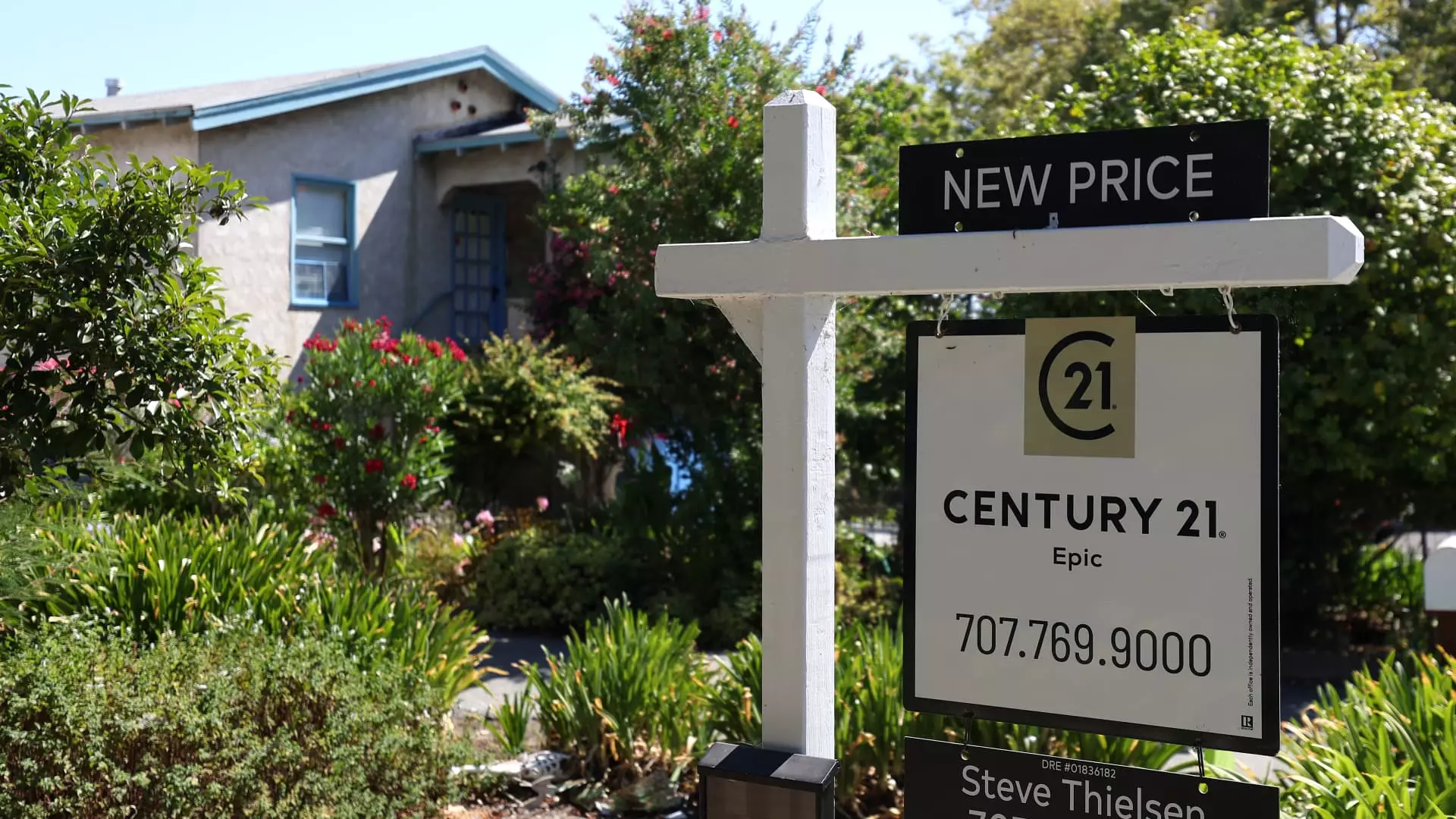The myth of an ever-rising housing market has been shattered, exposing a fragile and unsustainable bubble. For years, soaring home prices created an illusion of wealth and opportunity, but recent data reveals a starkly different reality. The growth rate has slowed to a mere 1.3% nationally, and in some regions, prices are actually declining. This decline signals that the housing market’s recent elevation was superficial—driven by overinflated valuations rather than genuine demand. The alarming decline in some markets betrays a loss of confidence among buyers and suggests that the era of runaway home appreciation was never sustainable. Instead, it was a carefully managed illusion, kept afloat by low-interest rates and speculative investment, which are now unraveling with each passing month.
The Shift from Demand to Disillusion
The recent rise in supply, coupled with diminishing demand, spells trouble for homeowners and prospective buyers alike. Inventory levels are up remarkably—by nearly 30% from the previous year—yet this oversupply is not translating into affordability. Instead, it signals a weakening market where homes linger longer on the market, discouraging sellers from listing their properties at higher prices. Mortgage rates doubling from pandemic lows have exacerbated this trend, pricing out many potential buyers who are now facing the reality of higher monthly payments. The result is a chilling effect that dampens enthusiasm for homeownership, especially among first-time buyers. What was once a seller’s paradise is now turning into a buyer’s dilemma, where falling prices could undo years of unwarranted optimism about property investments.
Geographical Divides and Regional Realities
Despite national trends, regional disparities paint a complex picture. The Northeast and Midwest continue to experience modest gains, partially shielding these markets from the anticipated downturn. Conversely, the South and West are experiencing noticeable price softening, with some regions like Cape Coral, Florida, seeing declines of over 9%. These regional variations highlight the unevenness of the housing collapse—some areas may stabilize, but many are no longer insulated from the broader downward trajectory. Major markets in California, Tampa, and Austin are now seeing price drops, suggesting that the housing crash is not a distant fear but an unfolding reality. It underscores how local market conditions—such as economic fundamentals and regional supply-demand dynamics—are now rapidly converging to undermine the earlier bullish narratives.
A Critical Crossroads for Housing Policy and Society
The current state of the housing market underscores systemic issues rooted in overvaluation, risky lending practices, and misguided optimism. It exposes vulnerabilities in what many long considered a safe investment avenue. For liberals and center-leaning policymakers, this moment offers both a cautionary tale and an opportunity. There is a clear need for more balanced housing policies that prioritize affordability and sustainable growth rather than speculative gains. The market’s correction reminds us that unchecked optimism is dangerous; it can lead to economic instability with broad societal repercussions. As prices fall and supply rises, policymakers must intervene thoughtfully to avoid further destabilization, ensuring that housing remains a right, not just a privilege for speculators or the wealthy. The challenge ahead is steering this process toward fairness and stability rather than succumbing to fears of a total collapse.

